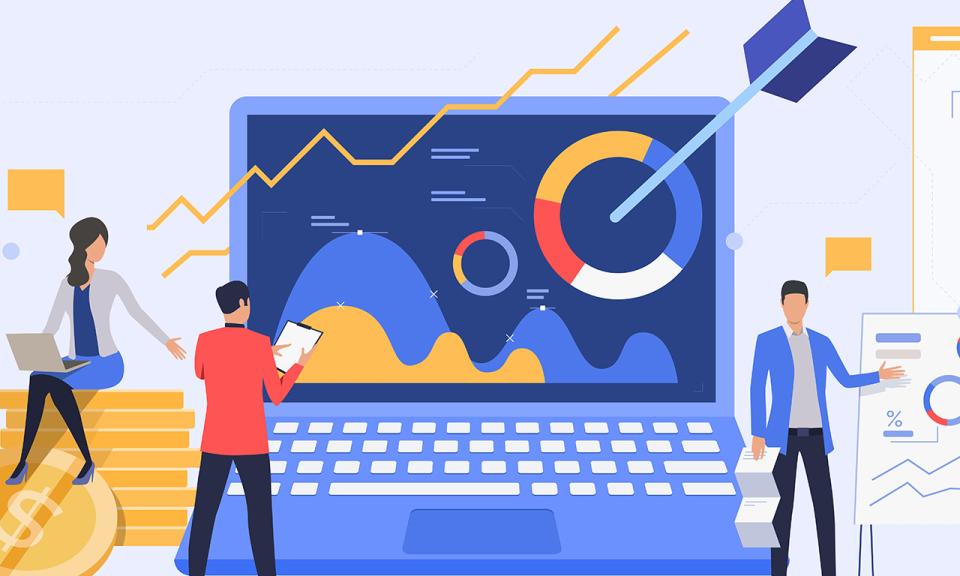
What is Alternative Data
Although by no means a new phenomenon, the use of alternative data has become an important contributor to competitive advantage in financial services. Some claim that the introduction of alternative datasets into business processes is no longer a ‘good-to-have’, but rather a ‘must-have’ feature to maintain market share or even survive.
In this article, I’ll explain what alternative data is, why it is important and what challenges prevent an organisation from benefiting from it in full. I will also discuss the current alternative data ecosystem and its main participants.
So. What is alternative data? There are many definitions, but for purposes of this article, I define alternative data as data gathered from outside traditional financial and economic sources, including data created as an unintended by-product during the application of technology to a specific task. It is important to note that with higher uptake and use of alternative data in recent years, the line between standard market data and alternative data can get blurred.
J.P.Morgan classifies alternative datasets based on the source of the data or how the data is generated:
-
The data produced by individuals, such as their social media posts, search history or personal data.
-
The data generated through business processes, such as transaction data or corporate data.
-
The data generated by sensors. These could include satellite images, geolocation data or IOT data.
Alternative data provides the users with better insights, enabling better decision making.
Importance of Alternative Data
Alternative data is already heavily employed within the financial services sector. A recent survey showed that 82% of hedge funds currently employ alternative data, with an additional 7% planning to start using it within the next 12 months. On top of that, buy-side spend on alternative data is expected to exceed $1.7bn in 2020. However, many large institutional asset managers and financial services firms are falling behind in this area. Only 10% of large institutional asset managers claim that their organisation has a clearly defined alternative data strategy and less than 15% believe that their organisations are well equipped to handle multiple forms of alternative data.
So what is all the fuss about? Why are more and more organisations turning their attention to the use of alternative data? Generally speaking, alternative data provides the users with better insights, enabling better decision making. Additionally, alternative data speeds up processes. For example, standard economic or business reporting data is issued on a monthly/quarterly basis, which leaves the decision maker with delayed ability to react. Alternative data minimises or eliminates this issue by providing regular live (or near-live) updates. In a sector like financial services, where time is of the essence, this offers true competitive advantage - especially in the ever-changing business environment.
The huge benefits that alternative data provide have also been brought into light as a result of the COVID-19 pandemic. The unprecedented nature of the crisis and its impact on all industries meant that businesses sought new ways to understand the changes in the environment in real-time. Companies simply could not rely solely on the official economic data that normally is released with a time lag. Instead (or in addition), companies started employing various alternative datasets. For example, data covering the use and GPS positioning of mobile phones, job adverts figures scraped from the web, sentiment analysis on social media, etc.
In Conclusion
We are witnessing a huge growth of the alternative data industry. As with many other innovations, financial and tech firms were the first to embark on the journey of implementing alternative data, but it is only a matter of time before it will become a common component for success and competitive edge in other industries. Companies simply cannot afford to ignore alternative data any longer if they want to maintain their competitive advantage or even survive at all. Alternative data is here to stay and companies must start adapting their business processes to accommodate the changes in the data industry in order to prosper in the future.
In the second part of the article, I will explain key participants within Alternative Data Ecosystem and outline the challenges organisations may face when implementing alternative data.

